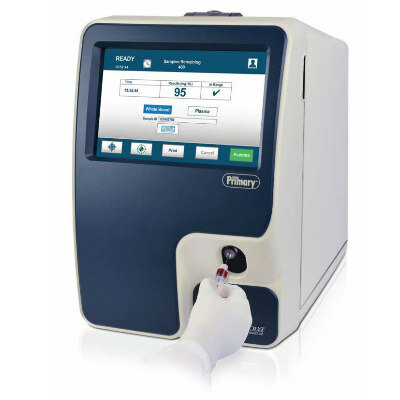Electronic Nose Diagnoses Sleep Apnea with High Sensitivity
By LabMedica International staff writers
Posted on 29 Oct 2012
An electronic nose, which detects the presence of certain molecules in the breath of a patient, could be used to diagnose obstructive sleep apnea. Electronic nose devices have been shown to distinguish between different diseases; they do this by analyzing the pattern of volatile organic compounds in breath samplesPosted on 29 Oct 2012
Scientists analyzed the breath of 40 sleep apnea patients and 20 healthy controls. Sleep apnea is associated with inflammation in the upper airways, which the investigators suggested could be detected by analysis of the exhaled breath of the patients. The study also aimed to assess whether the electronic nose could detect the effects of the standard treatment for sleep apnea i.e., continuous positive airway pressure (CPAP).
Questionnaires and sleep examinations confirmed sleep apnea in 40 patients. Throat washings were collected from patients to measure any improvement in their condition following treatment with CPAP. A statistical analysis model was used to calculate the accuracy of the electronic nose. The results found that the electronic nose could effectively diagnose sleep apnea. The statistical analysis showed that sleep apnea was detected with a sensitivity of 93%.
The study, which was published online on October 25, 2012 in the European Respiratory Journal could make the diagnosis of the condition quick and inexpensive compared to current methods. The gold standard used at present to identify sleep apnea is an overnight sleep test. This is technically demanding, time-consuming, and cost-intensive.
The lead author, Dr. Timm Greulich, from the Marburg Hospital (Germany) said, "This is the first time an electronic nose has been tested in the setting of sleep apnea diagnosis. The electronic nose could be useful in two ways. First, it can rule out the disease in a low prevalence population. Secondly, in a population with a high risk of sleep apnea, the device could be used to help decide who would need to undergo an overnight sleep examination. Following these results, we foresee that the use of an electronic nose could reduce costs by more appropriately selecting patients who require the sleep examination."
Related Links:
Marburg Hospital













